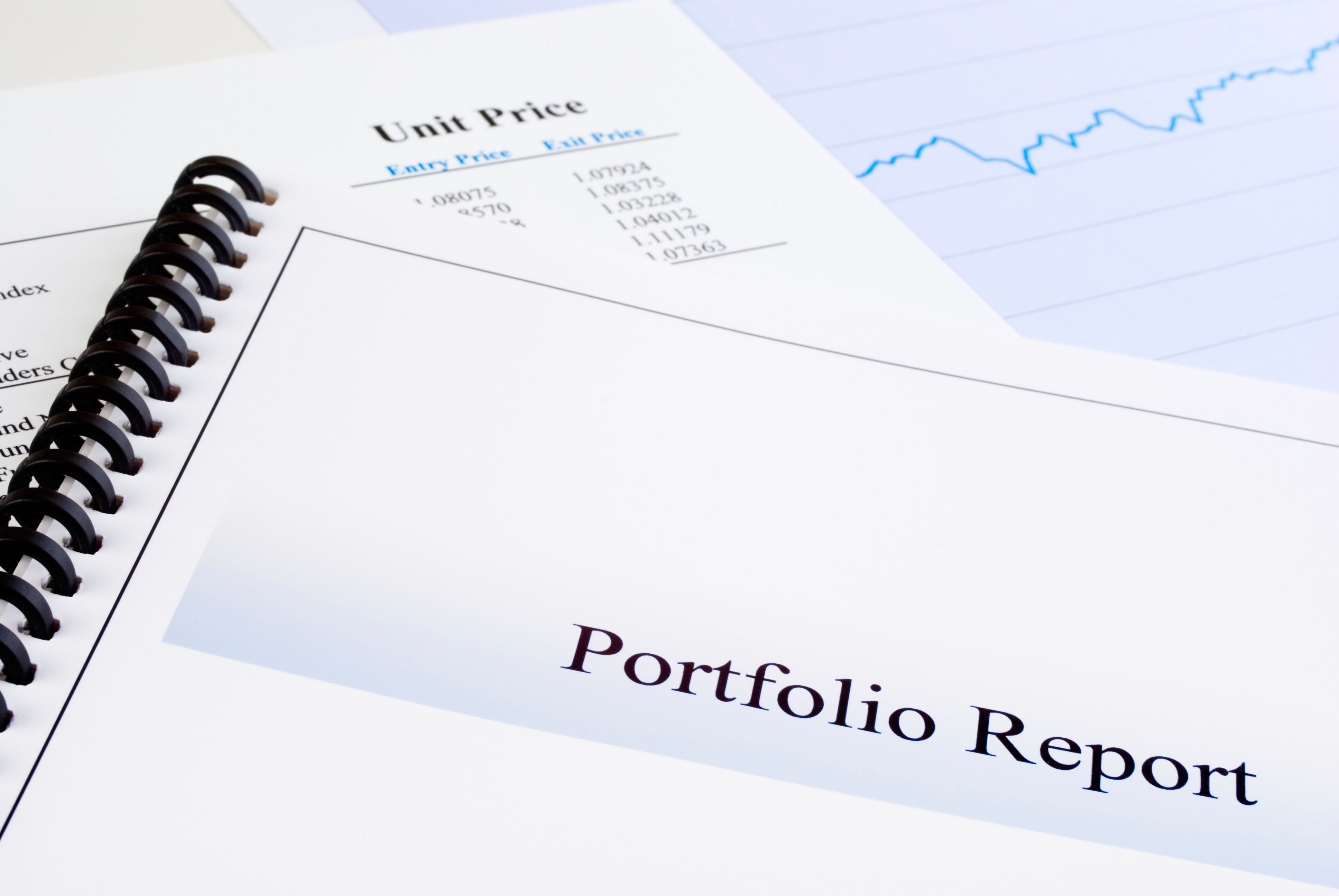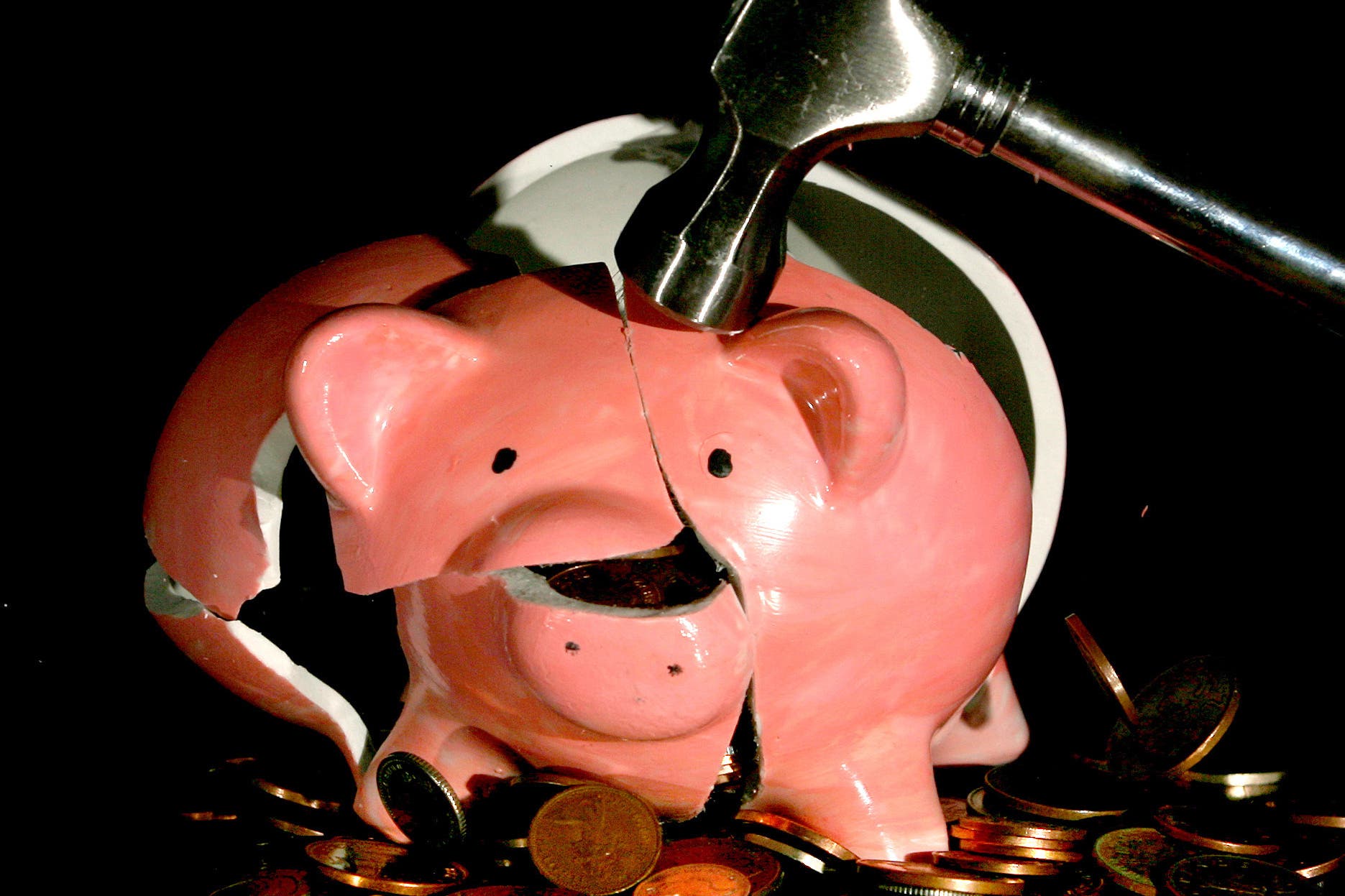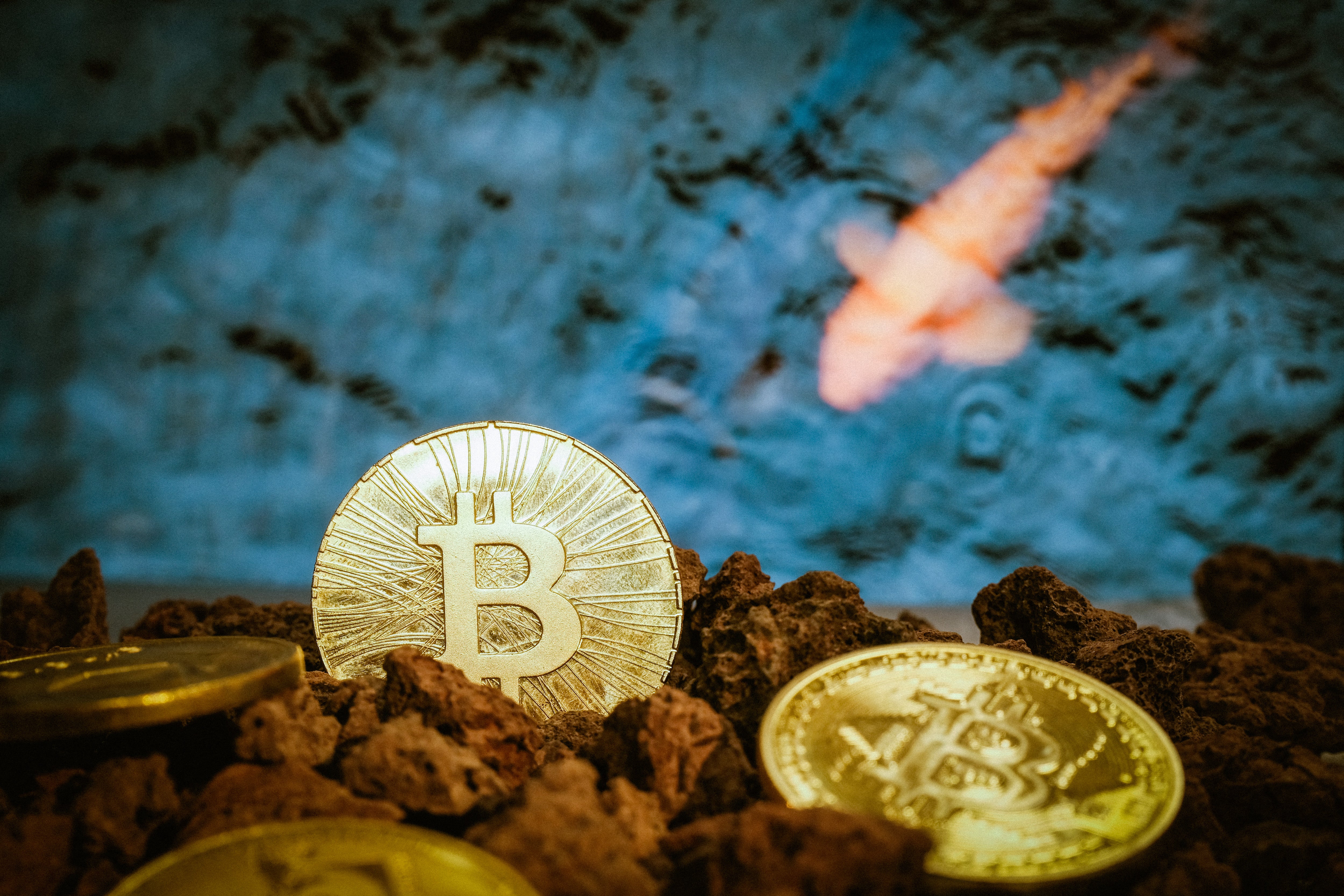- Money
Bulman says that going for ‘low risk’ or cautious options still comes with risk
Ella WalkerFriday 21 November 2025 14:21 GMTComments
 CloseBusiness Reporter: 'Making investment sustainable'
CloseBusiness Reporter: 'Making investment sustainable'
Sign up to our free money newsletter for investment analysis and expert advice to help you build wealth
Sign up to our free money email for help building your wealth
Sign up to our free money email for help building your wealth
 Email*SIGN UP
Email*SIGN UPI would like to be emailed about offers, events and updates from The Independent. Read our Privacy notice
The word 'risk' often conjures images of reckless behaviour – scaling scaffolding after a few too many, driving without a seatbelt, or leaving one's home unsecured.
Yet, when applied to our finances, many instinctively recoil, fearing the loss of hard-earned savings.
However, a reluctance to embrace financial risk can, paradoxically, become a significant gamble in itself. To demystify this complex landscape,
James Bulman, director and financial planner at Smith & Pinching, sheds light on the true nature of financial risk, how people can identify their optimal risk tolerance, and the diverse investment avenues available.
Investment vs savings accounts
Many individuals struggle to differentiate between various financial products, with expert Bulman observing that "people get confused by investments and savings accounts".
He outlines a fundamental distinction, contrasting the "asset allocation of a portfolio" with "savings and deposit-based accounts".
While avenues such as a tax-free cash ISA, junior ISA, or Premium Bonds are popular for accumulating wealth, Bulman clarifies their primary role.
He explains that these are predominantly utilised "as a wrapper for tax benefits, rather than necessarily calling that a low-risk investment".
The difference is, with an investment “it could be volatile with market conditions”, whereas savings accounts are generally “easy access” or “ways to protect your money against investment falls”.
Get a free fractional share worth up to £100.Capital at risk.
Terms and conditions apply.
Go to websiteADVERTISEMENT
Get a free fractional share worth up to £100.Capital at risk.
Terms and conditions apply.
Go to websiteADVERTISEMENT
Investment options
 open image in galleryMany people struggle to differentiate between various financial products, with expert Bulman observing that ‘people get confused by investments and savings accounts’
open image in galleryMany people struggle to differentiate between various financial products, with expert Bulman observing that ‘people get confused by investments and savings accounts’So what investment types are there?
“The Financial Conduct Authority crudely treats equities and property investments as high risk,” says Bulman.
“They use bonds, Absolute Return Funds and Money Market Funds as cautious.”
That said, things are always changing. “If you were in bonds at the minute, if you see the volatility that is going on in the market, there could be high correlation with equities,” notes Bulman.
“So I’m putting clients in money market funds because it’s offering a reasonable level of stability.”
A “well-diversified portfolio” is what you want, he says, and these can be set up privately, through a financial advisor, or through investment platforms, like Hargreaves Lansdown and Flagstone.
What’s right for you?
 open image in galleryPremium Bond prizes are considered by NS&I to be ‘unclaimed’ after 18 months, but there is no time limit to claiming them
open image in galleryPremium Bond prizes are considered by NS&I to be ‘unclaimed’ after 18 months, but there is no time limit to claiming them“The first thing I ask somebody is, ‘What are their objectives? What are they trying to achieve?’ Because if you don’t have a minimum of three to five years to invest, I do not think you should be investing,” says Bulman.
He gets people to complete a budget planner to see what they have coming in, going out, saved, and what they have leftover available to invest.
“If the stock market fell, I’d want to make sure they had three to five years’ worth of deposit-based savings, not investments, set aside.”
So that could be Premium Bonds, for example. “They give a monthly price draw that averages out at around 3-4 per cent [return] at the minute, and that’s tax free”), he explained, before mentioning your £20k tax-free ISA allowance.
He continued: “If you can’t afford to invest because you don’t have a three- to five-year investment timeline, my advice would be to put that money into a cash ISA.”
He says this is important because “if you look at historical data, when markets fall, they generally recover within six months, but they can take in excess of 30, so it’s just providing the client with peace of mind that they don’t have to worry about short-term fall.”
Essentially, this means you’re in a position to survive on what’s in your easy access deposit accounts, and won’t need to touch your investments.
Working out your risk level
 open image in galleryFinancial decisions carry more weight in challenging times, The Investing and Saving Alliance said (Anthony Devlin/PA Archive)
open image in galleryFinancial decisions carry more weight in challenging times, The Investing and Saving Alliance said (Anthony Devlin/PA Archive)When Bulman sees clients, he gets them to “complete a risk profile questionnaire, [which] gives an idea of how they feel about risk”. However, he says, risk is often “misconstrued”.
“What a lot of people get confused about is ‘high risk’. It should be categorised more concisely as ‘volatility’,” says Bulman.
“Can you afford to be on that volatility wave when things fall and wait for it to recover?” For instance, if you’re in your 20s and don’t plan to retire until your 60s, it would make sense to have a higher-risk pension, because you have time to ride out any volatility.
But if you’re closer to retirement age, a lower volatility pension fund may make more sense.
Bulman says that going for ‘low risk’ or cautious options still comes with risk. “Even if you take a cautious investment – not deposit-based savings – everything will fall during a market crash, it will just be that it may not fall as much,” he explains.
“It’s about understanding that if you take no risk, you could be at high risk of your money eroding with inflation.
If you take a high risk and you haven’t got time to invest, you could put yourself in harm’s way if you pull your money out at a not so favourable time,” he continues.
“My view is you shouldn’t be investing in equities at all unless you’ve got at least three to five years to invest.”
The gold rush and crypto
 open image in galleryMany people are considering investing in crypto (AFP/Getty)
open image in galleryMany people are considering investing in crypto (AFP/Getty)Gold is often seen as one of the safest things to invest your money in, but it comes with risks too.
“If you buy into gold, if the dollar is overpriced, and you purchase that in sterling, you could actually lose quite substantial interest just on currency risk,” says Bulman, who says that “people jump in on things when it’s at the peak, when they should jump in when it’s at the bottom.”
Arguably, gold is peaking, so may not be the wisest choice right now.
“Bitcoin and cryptocurrencies are now the in thing,” he adds, but says they are difficult to understand, even for the most financially savvy.
“Would you be willing to put £1 in that fruit machine and lose it for the potential you could earn a £25 jackpot? I’d never talk somebody out of it, but I would be cautious on timing and can you afford to lose that money?”
With more traditional, albeit high-volatility, investments, “as long as global markets remain in place and they recover, then so should your investment” – cryptocurrency doesn’t come with this kind of reassurance.
Seek financial advice
 open image in galleryIt is important to seek financial advice over potential investments (Alamy/PA)
open image in galleryIt is important to seek financial advice over potential investments (Alamy/PA)“In an ideal world, everybody should be getting financial advice at school,” says Bulman. He recommends that everyone speak to a financial advisor, but acknowledges it is unaffordable for many.
Some places like MoneyHelper do offer free financial guidance.
“Everybody should get advice, because everybody’s circumstance and wants and objectives are going to be different, and that would dictate how much risk they take and how cautious they are.”
More about
InvestingBondsIsaPremium BondsJoin our commenting forum
Join thought-provoking conversations, follow other Independent readers and see their replies
Comments



